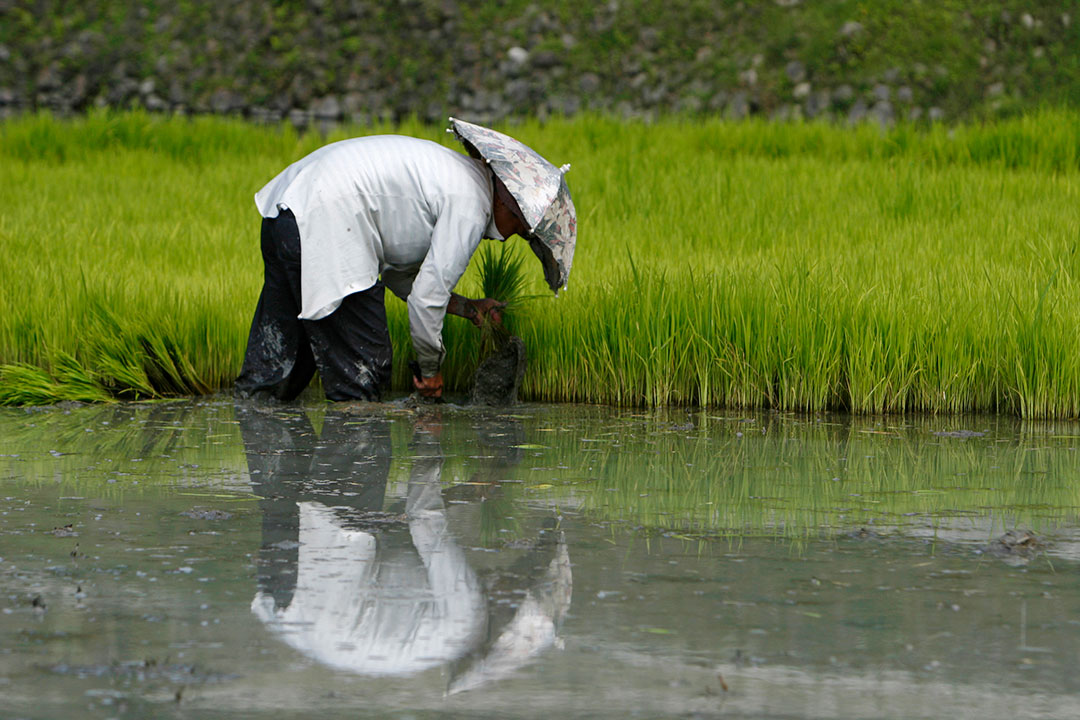Marcos government told to review rice program

By Adrian H. Halili, Reporter
THE government of President Ferdinand R. Marcos, Jr. should review its rice program before extending Rice Competitiveness Enhancement Fund (RCEF), industry experts said at the weekend.
“RCEF should be extended, but we should undertake a thorough review not only of RCEF but of the whole rice program of the Department of Agriculture to find out why it has not been working as expected and what changes need to be introduced,” Raul Q. Montemayor, national manager of the Federation of Free Farmers, said in a Viber message.
Last week, Senator Cynthia A. Villar said she would propose another six-year extension of the rice competitiveness fund, with a higher yearly budget of P20 million from P10 million.
Mr. Montemayor said the program has yet to attain its objective of boosting the competitiveness of rice farmers “despite the billions of pesos poured into the various programs.”
“For rice farmers to attain higher income, they will have to pursue rice-based crop diversification, that is, planting other high-value crops in between two cropping seasons of rice,” former Agriculture Undersecretary Fermin D. Adriano said in a Viber message. “That is what is being done in Vietnam and Thailand.”
“For marginal rice lands where water is scarce, shift to planting high-value crops. Whether this happens will depend on the Agriculture department pushing it,” he added.
The rice program is meant to modernize the rice industry and is funded by import tariffs for rice under the Rice Tariffication Law. The Bureau of Customs collected P30 million in rice tariffs last year.
The fund supports the supply of P10 million worth of machinery, seeds and fertilizers, among other things, to rice. The tariff allocations under RCEF are set to expire in June.
The Rice Tariffication law, which took effect in 2019, allowed private traders to bring in rice shipments without restriction.
“It should continue to give focus on the rice farmers tilling two hectares and below, while those tilling more than two hectares should be given more opportunity to secure credit from Land Bank of the Philippines or Development Bank of the Philippines,” former Agriculture Secretary William D. Dar said in a text message.
He added that the rice program should also allot funding for balanced fertilization, integrated pest management and crop diversification, while reducing the budget for mechanization.
The Philippine Center for Postharvest Development and Mechanization gets P5 billion yearly so it can buy farming equipment and machinery.
The Agriculture department expects palay or unmilled rice output to hit 20 million metric tons (MT) this year from 20.06 million MT last year.



